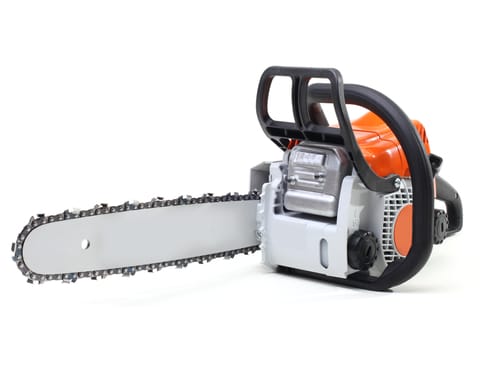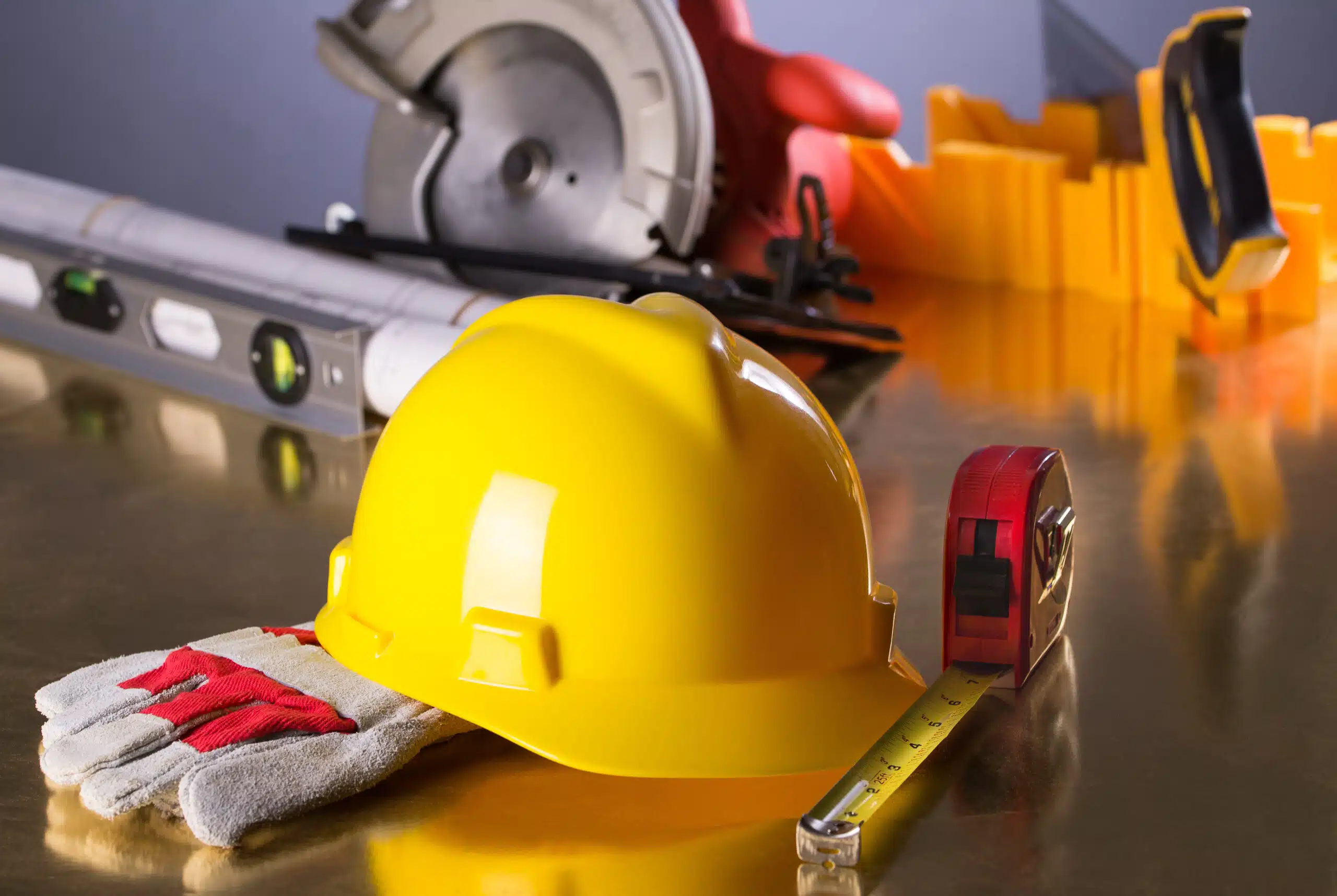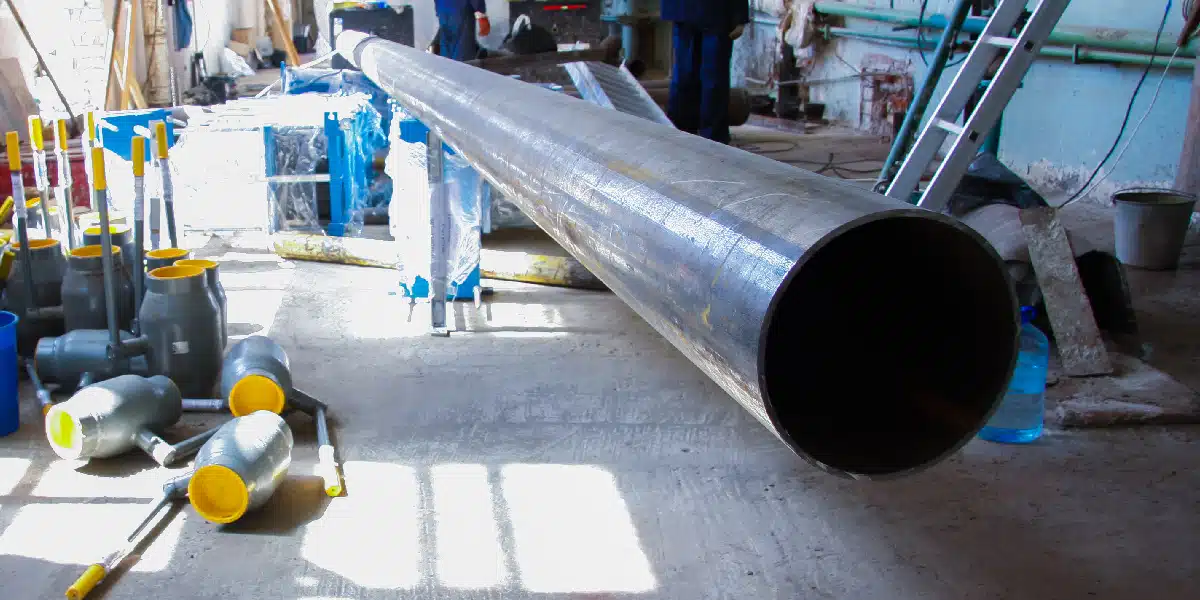Great equipment can only be effective when it is used and maintained properly. It is crucial for the performance of your chain saw and for your personal safety to ensure your chain saw has the proper tension before use. All chains are susceptible to stretching and sagging over time. The potential extent of the stretching is dependent on the specific type of chain saw you use. Tension that is too loose and tension that is too tight each come with their own risks. In order to avoid those dangers, it is recommended that you check your chain saw before initial use on a project and also a few times during operation to make sure your chain saw is running optimally.
How to Tell if Your Chain Saw Has the Proper Tension?
As with everything in life, your chain saw requires balance. Ideally, your chain saw chain should have the perfect tension for the job for which it is intended. Each task requires a different tension. For instance, concrete and iron ductile cutting chain saws require a looser tension than wood cutting chain saws. Generally speaking, the chain should be a little loose on the chain saw guide bar, but not loose enough that the drive links come out of the bar nose. The bar links should feel like they are raising up, but not actually come out of the guide bar.
Testing the tension of the chain is a fairly easy task. Gently pull the chain away from the guide bar to see if the links remain engaged. They will want to lift up slightly, but not enough to become dislodged from the guide bar. Moving the chain around the guide bar with your hands is also a common way to test the tension of the chain saw chain. A properly tensioned chain saw will move smoothly with little force. If the chain is too loose and comes off the bar, you will need to tighten up the chain before use following the guidelines outside in the manufacturer’s manual. You also need to ensure the chain is not too tight. If there is no give to the chain when you pull up slightly, and it sits rigidly along the guide bar, the tension needs to be adjusted to loosen it up before use. In this instance, you should also consult the manufacturer’s manual to ensure you are properly tightening the chain.
The Danger of Running a Chain Saw with the Wrong Tension
It is important to reiterate here that monitoring the tension of your chain saw is critical to extending the life of your chain saw, as well as safeguarding you from potentially severe injury. Loose chains and tight chains are both potentially dangerous. Loose chains can cause warps in the guide bar, which then may lead to a string of other rapidly worn parts. A safety issue with loose chains involves derailment. If the chain is too loose, your run the risk of the chain coming off the guide bar completely, which may cause severe injury to the user, including a loss of limbs or digits or even a severe cut to the face. Kickback is also a serious issue with loosely tensioned chain saw chains which can cause severe injuries. Chain saw chains whose tensions are set too tight also open various parts to premature wear by applying too much stress, including the clutch and the bearings, or even damaging the motor, both of which are vital to operating the chain saw. Chains that are too tight may cause the chain saw to heat up, which is also damaging to the other components and maybe a fire hazard as well.
Each chain saw from U.S.SAWS comes complete with a manual that outlines the proper method to test and adjust chain saw chain tension and to properly maintain your chain saw to ensure the longevity and safety of your tool.



